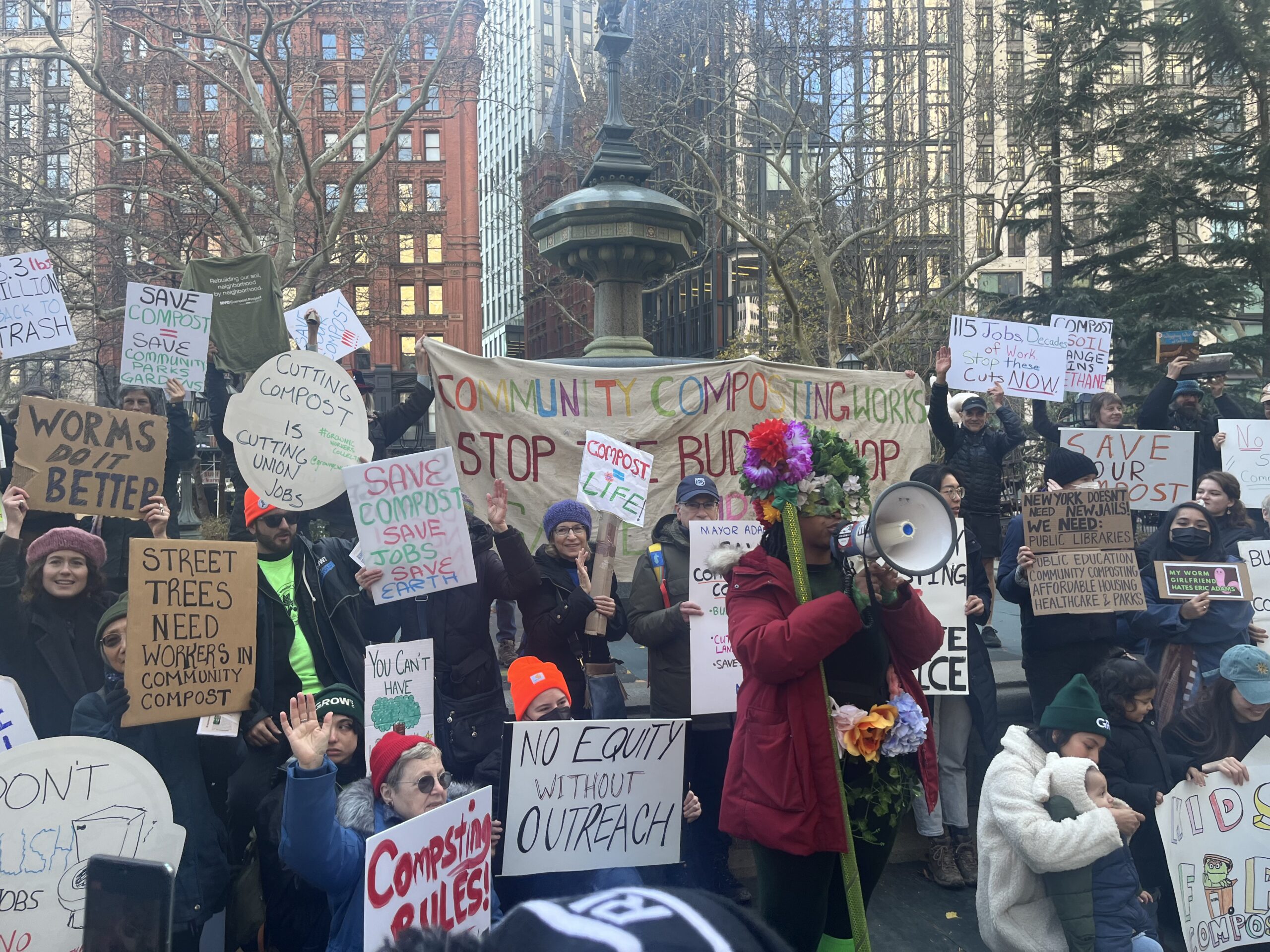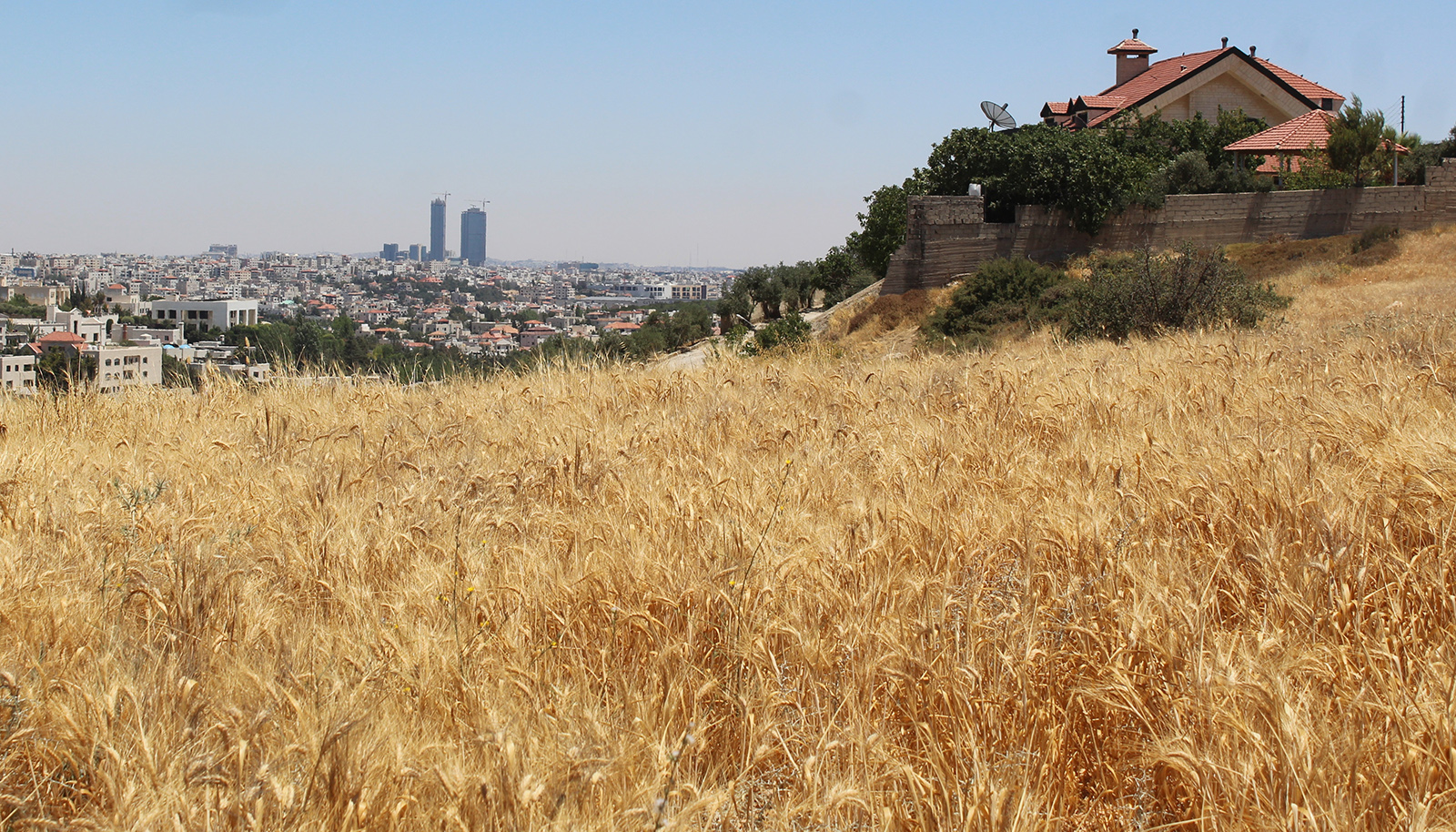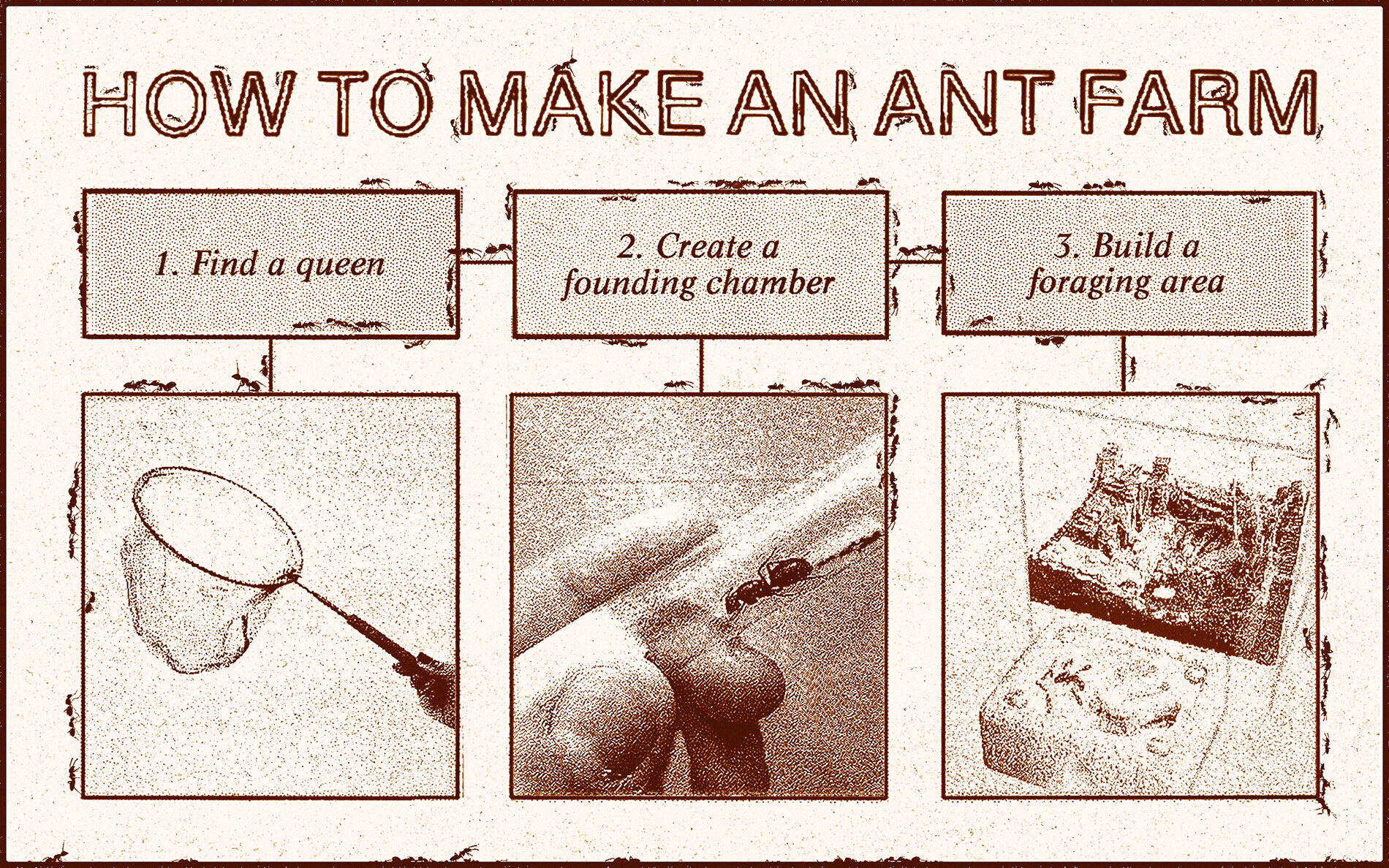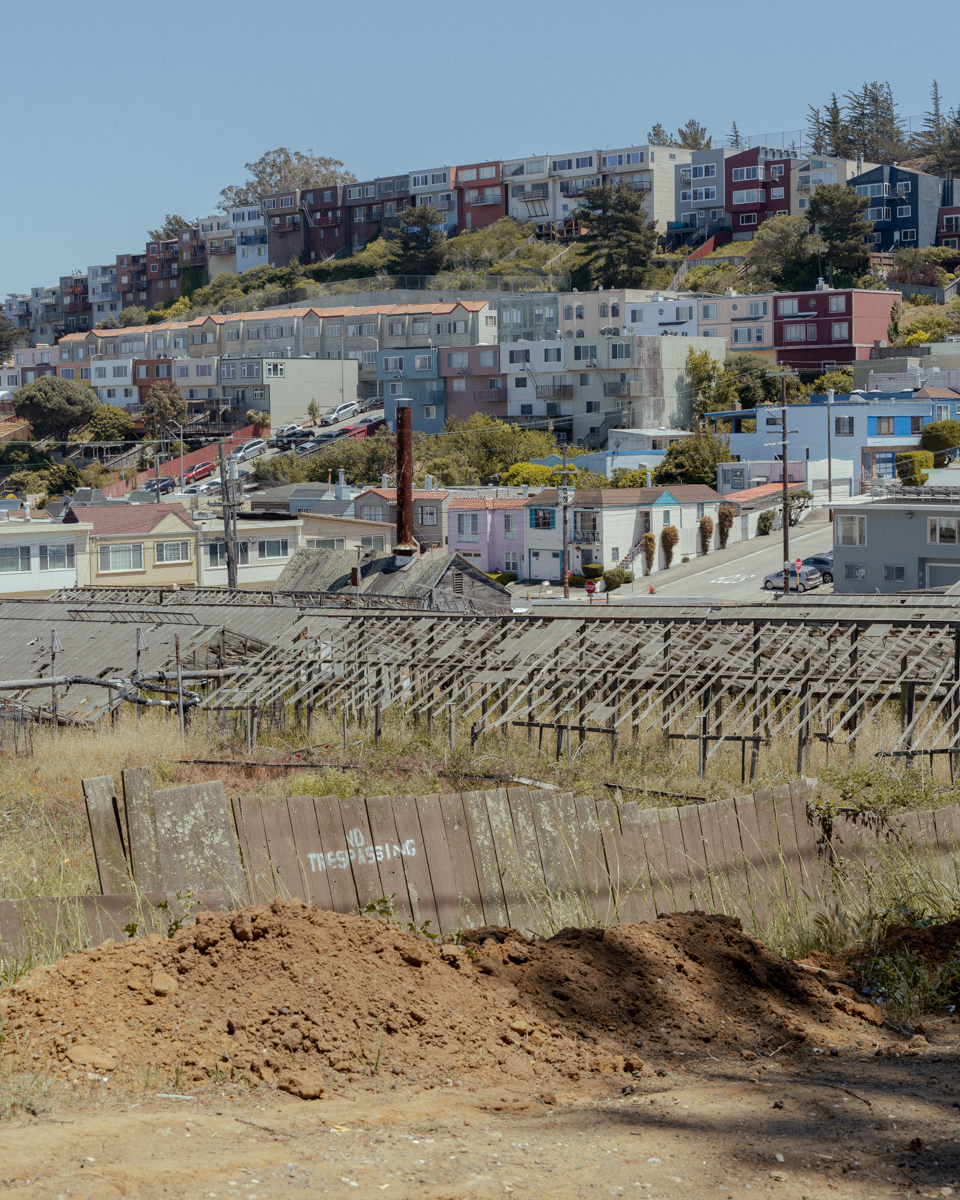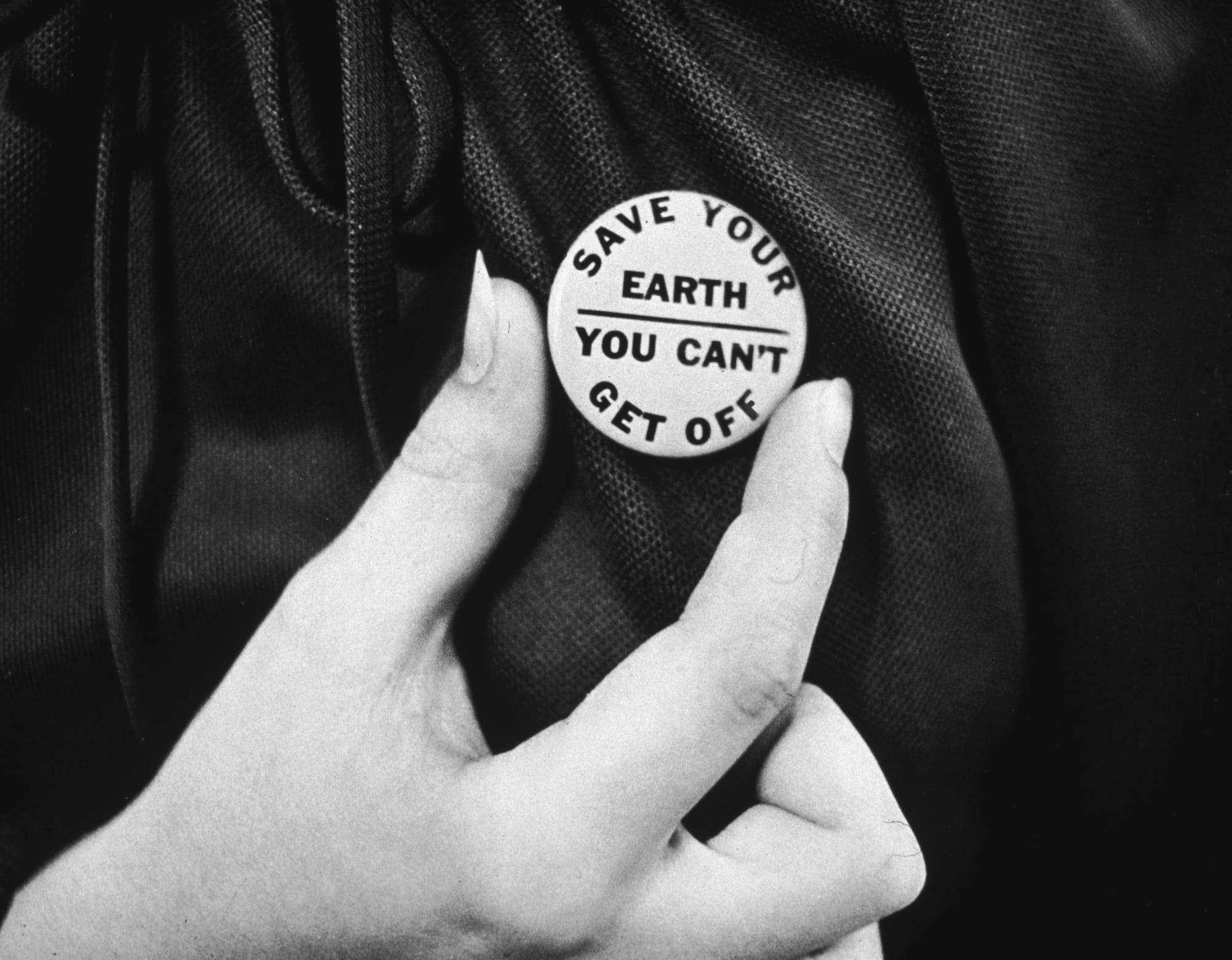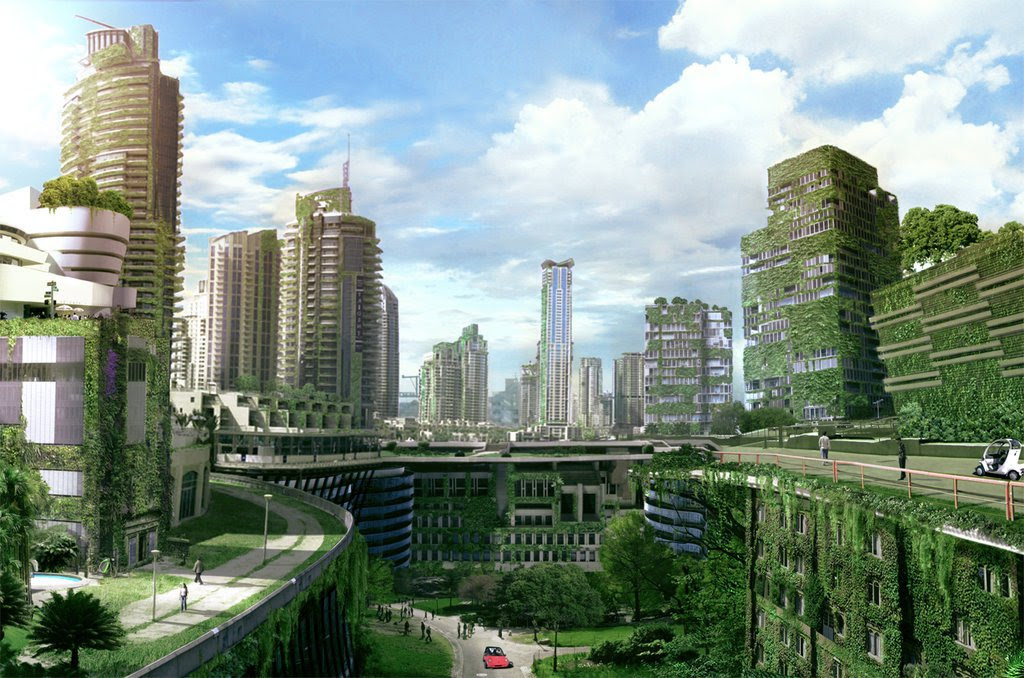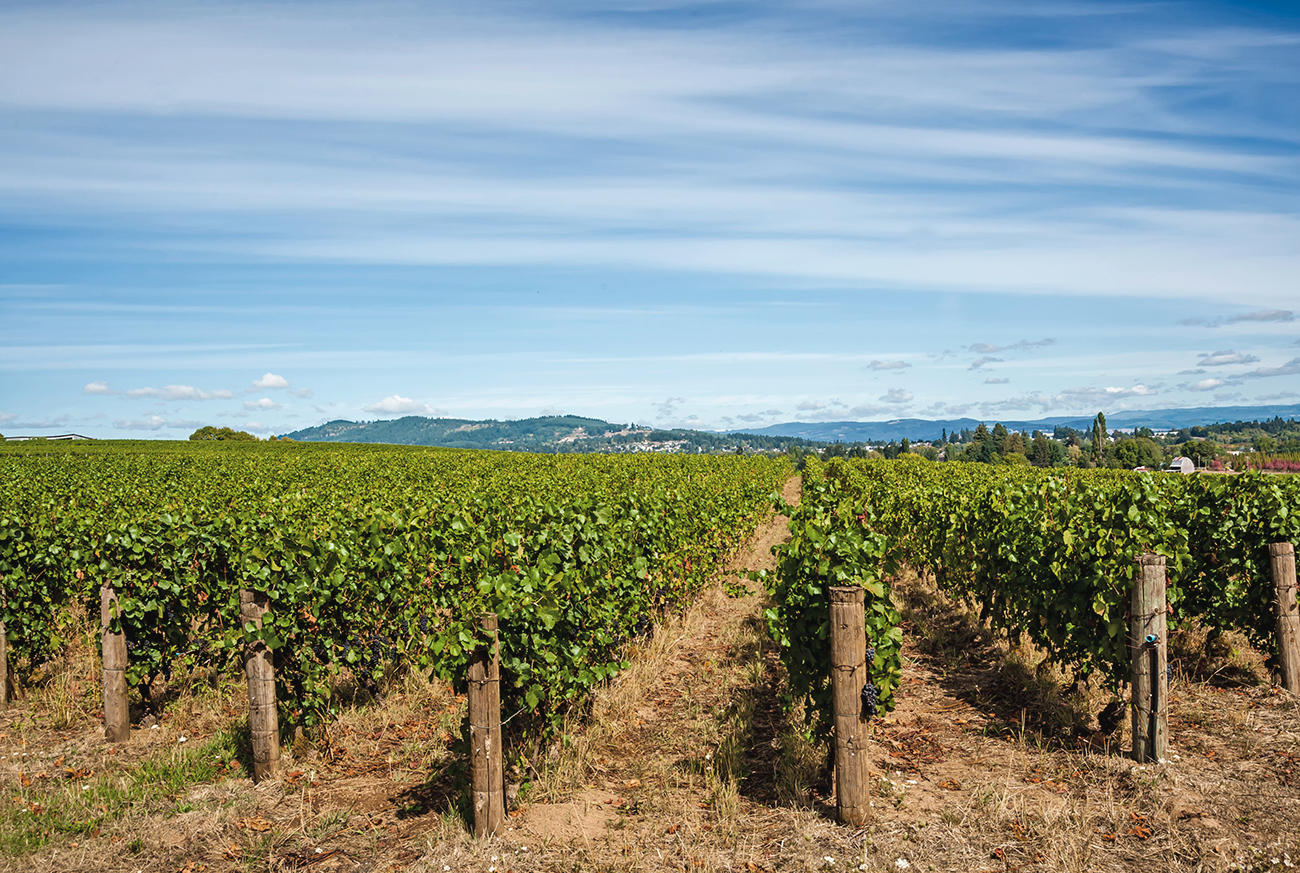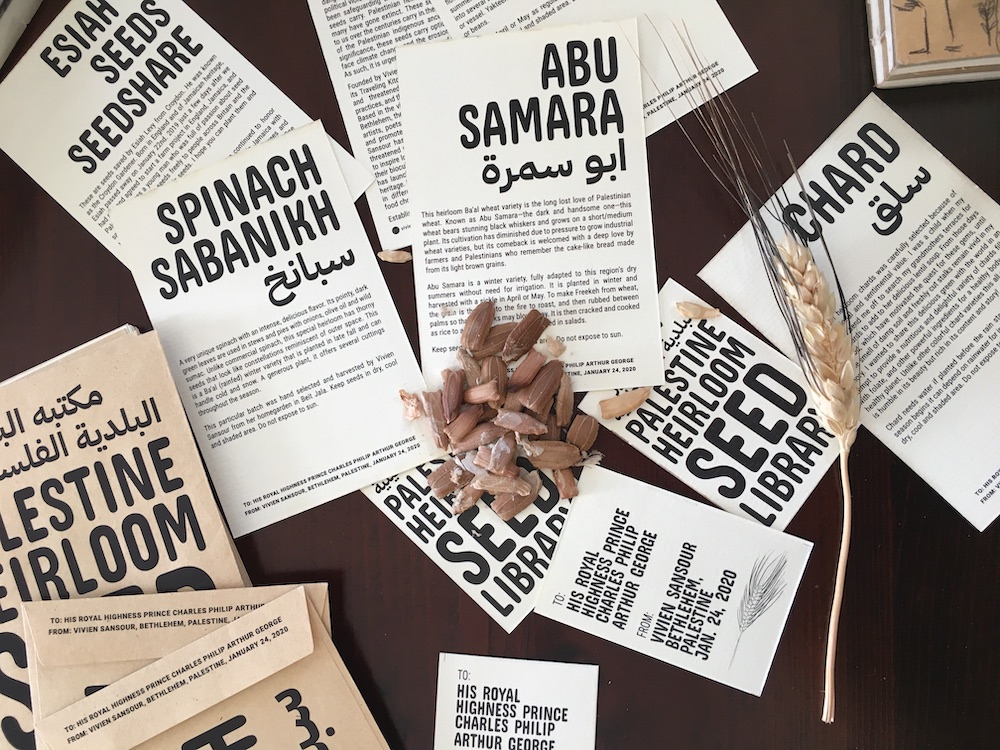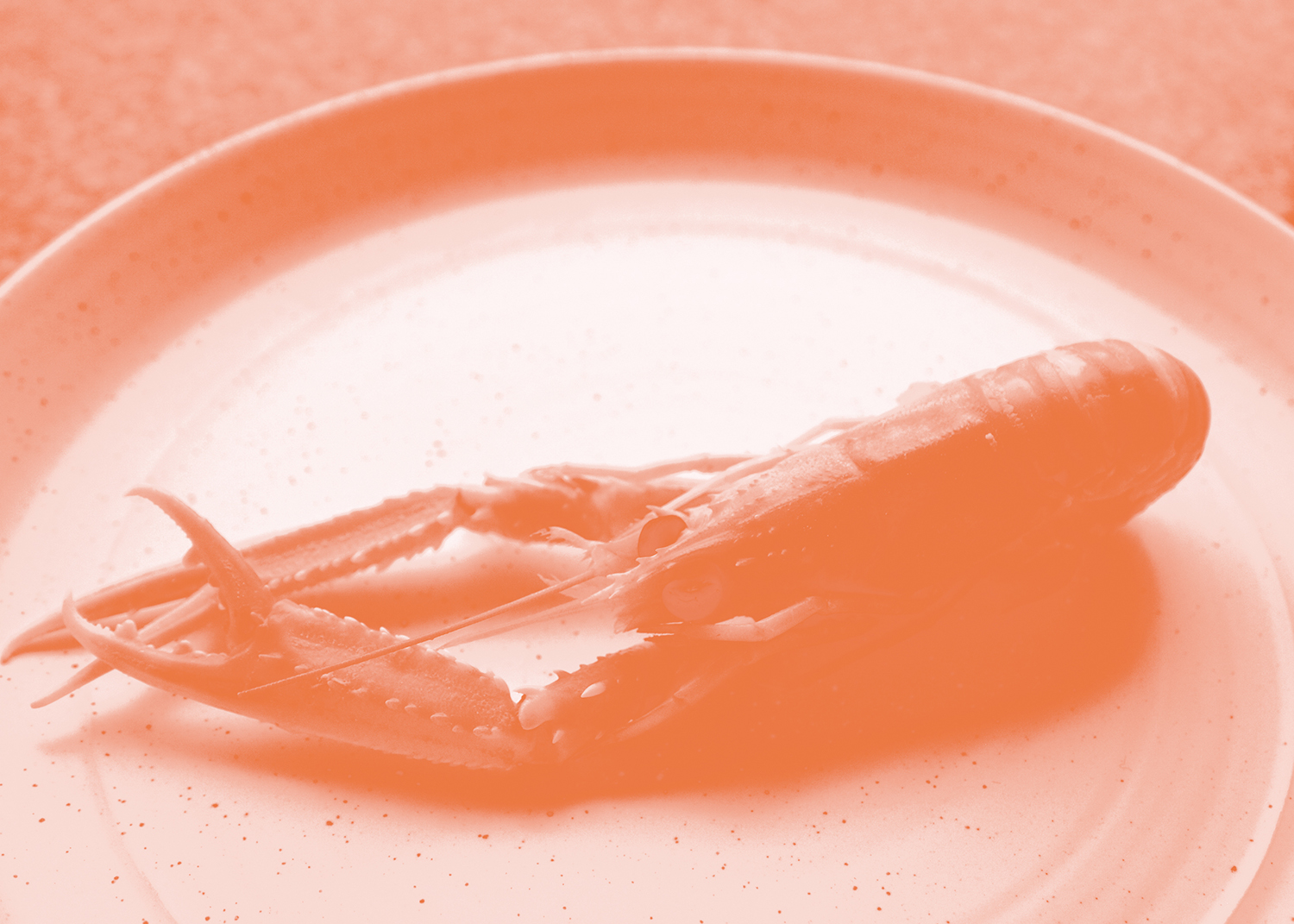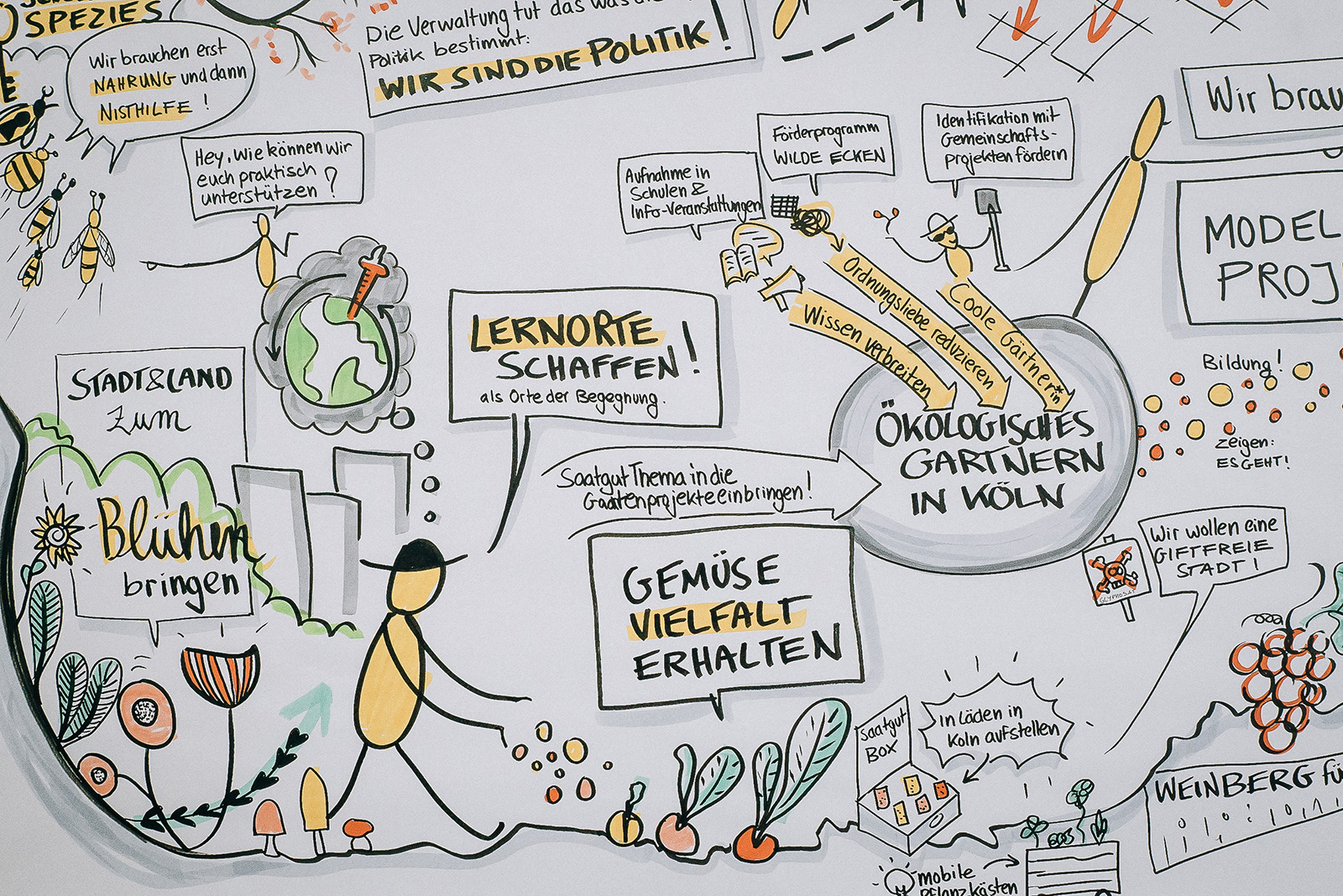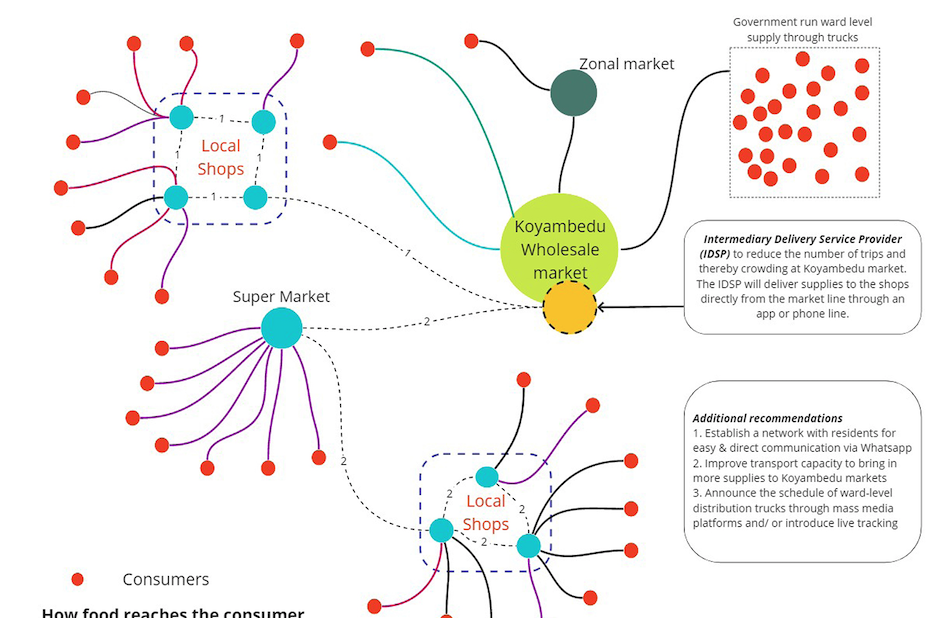The AgTech Insider is MOLD’s bi-monthly short list of potential applications of emerging technology and new business models in agriculture. Signup for the AgTech Insider Newsletter today.

Robots/Food: Gelatin Made Robots Make Edible Solutions
What is it: For a long time, researchers have tried to make electronics more effective in our bodies. Whether it was edible sensors, batteries, electrodes, or capacitors, the goal has always been to create something that can actually move in our body and also digest when needed. Based on early work by researchers at the EPFL’s Laboratory of Intelligent Systems, headed by Dario Floreano, this is seemingly possible. Dario and team presented a “completely edible soft pneumatic actuator made of gelatin” prototype. While flavor wasn’t their main concern now, the fact that this could break down in our bodies (or other systems that can break down biodegradable materials…think animals, biodigesters, or nature) is a big deal for many potential applications.
How it can help agriculture: The paper goes on to explain how this robot could go into a human and/or animal and once it has completed its job, break down and be digested. This could offer exciting in the field options for livestock producers, assuming the robot was programmed accordingly. One could also imagine this robot working in a massive on-farm bio-digester, possibly needing to go to a spot to make a repair, measurement, etc. and then being able to send/bring back information, and if it can’t, then it would just break down over time. (via IEEE)

AI: The New Plant Doctor Is In
What is it: Researchers have developed a “smartphone-based program that can automatically detect diseases in the cassava plant—the most widely grown root crop on Earth.” While this may not seem like a big deal, their application is reaching near 100 percent accuracy and can be used on a typical smartphone without internet connection. This is both a testament to our smartphone and AI, but more importantly, a small look into a future where crop disease and pests can be identified sooner and more thoroughly.
How it can help agriculture: With hundreds of agricultural crops around the world, and even more pests and disease trying to eat them before we do, having the help of a pocket-accessible AI to help identify those pests/disease is a major leap forward. Additionally, for farmers around the world to be able to identify new pests and diseases in a world with a changing climate, this very knowledge could help prevent a new pest from turning into a global outbreak. This is clearly just the beginning for AI to play a role in agriculture. (via Wired Magazine)

Energy: Harvest Energy in the Summer, Use It for the Winter
What is it: Baseload Renewables, a Cambridge, Massachusetts-based startup, is making batteries that are capable of “producing reliable grid power from renewable sources around the clock, and cost at least five times less than where lithium-ion batteries are likely to plateau.” These batteries are bringing added hope to a wave of renewable energy technological progress that is sweeping the globe. What makes this advancement particularly important is the cost reduction, which is still one of the barriers for many people, especially in agriculture, to fully adopt renewable energy.
How it can help agriculture: Agriculture serves as a producer of food, fuel, and fiber, and with new, significantly cheaper ways of storing energy, they could double down on the fuel part. If storing energy were more accessible, as is promised with the aforementioned technology, one could imagine farmers using every square foot of land not covered by a crop to place solar panels and wind turbines, essentially turning the farm in an energy hub (beyond just caloric energy). (via MIT Technology Review)

Robots: Dentist in China Let Robots Have a Try
What is it: China is the place of the world’s “first successful autonomous implant surgery by fitting two new teeth into a woman’s mouth.” While I don’t want to see the results of the likely many attempts that were not successful, this is nonetheless a huge leap in terms of robots playing a bigger role in our lives, as well as the long road to get humans to trust them to fill said roles. Combining robotics, 3D printing, and machine learning, this effort will serve as a case study to many other industries trying to utilize robotics in sensitive situations.
How it can help agriculture: WTH is likely what you are asking, but imagine this: if an AI driven robot is able be precise, careful, and trustworthy enough to conduct a procedure in a human’s mouth, then there is nearly nothing it cannot do on a farm. Pick lettuce without damaging it? Yes. Graft plants in a greenhouse or out in the field without snapping the young sapling? Yes. Even help nurse baby lambs and handle baby chicks? Why not! While I am not sure I want to swap my dentist out for a robot quite yet, this is an exciting step forward for the space. (via MIT Technology Review)

Nutrition: Scanner Can Now Actually Compare Oranges to Oranges
What is it: While possible in the labs for many years, farmers in the field can now “zap their crops with a handheld scanner to instantly determine nutritional content,” providing a critical piece of data to how crops are performing, what us as humans are putting into our bodies, and a handful of other items important to agriculture (soil health, effects of climate change, etc.). Called GrainSense, the scanner now analyses wheat, oats, rye and barley using near-infrared light, which then is absorbed at different levels and ultimately determines the levels of protein, moisture, oil and carbohydrate in the grain.
How it can help agriculture: Commodity markets rely on the idea that my corn grown here in California is just about the same as that corn grown in Iowa. But what happens when you have a tool that can actually tell you which corn has more nutrition? Well, that is about as big a disruption as robotic dentists. Assuming customers would pay for healthier corn, which—assuming personalized nutrition takes hold—I think they will, this could be a major change for farmers trying to differentiate their products and also draw more attention to healthy soils (where plants derive more of the nutrients they contain). This is a technology where adoption both from the farmer and consumer is key, but if taken on, we could have a much bigger conversation in our food systems than just organic, local, etc. (via NewScientist)
